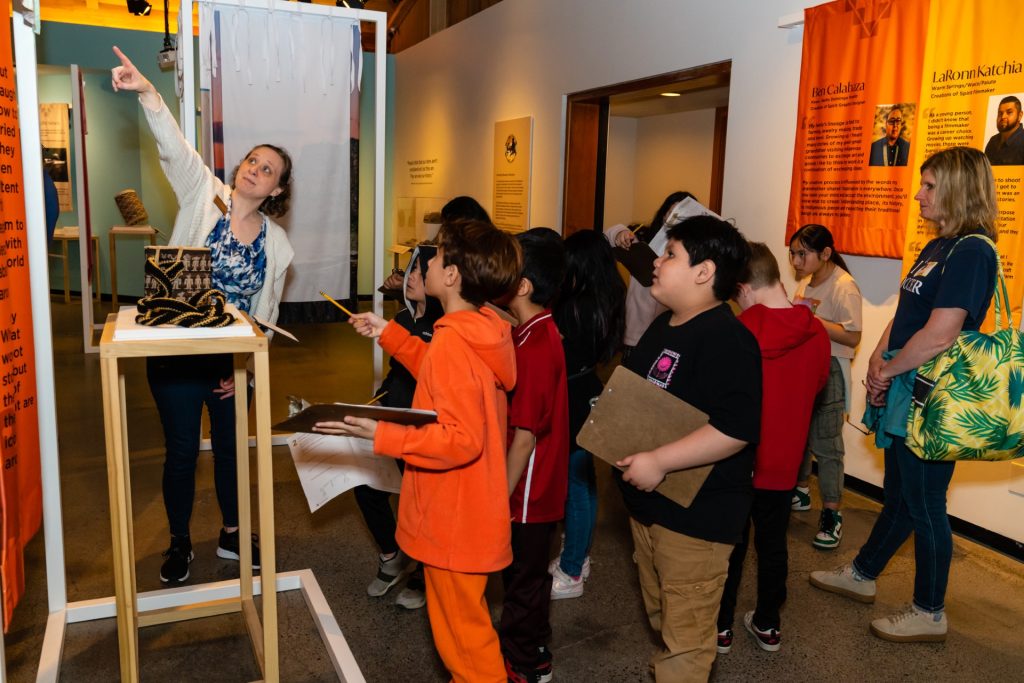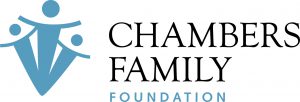Oregon Encounters
October 7, 2024 – October 11, 2024
9:30 am – 1:00 pm
Experience diverse histories of Oregon through engaging, hands-on activities. This facilitated program provides students with opportunities to look at history using multiple viewpoints, all while having access to primary source materials and live interpretation.

Thank you for your interest in our Oregon Encounters Experience. We are no longer taking interest submissions for our 2024-2025 school year. Please check in the future for our 2025-2026 offerings.
Oregon Encounters Field Trip Costs
Field trip costs are charged based on a sliding scale. Utilizing Oregon Department of Education’s Community Eligibility Provision guidelines, pricing per student or chaperone will be determined by your school’s overall percentage of identified students eligible for the program (ISP). Chaperones within the ratio of 1 adult per 5 students is free, and additional chaperones above this ratio will cost extra. Teachers and support staff visit free.
|
CEP |
Self-Guided Cost
|
Discovery Class Cost |
|
0-25% |
$8/student
|
$12/student
|
|
26-50% |
$7/student
|
$11/student |
| 51-75% | $6/student
|
$10/student |
| 76-100% | $5/student
|
$9/student |
Oregon Encounters is made possible by Deschutes Cultural Coalition, Juan Young Trust and the following:


